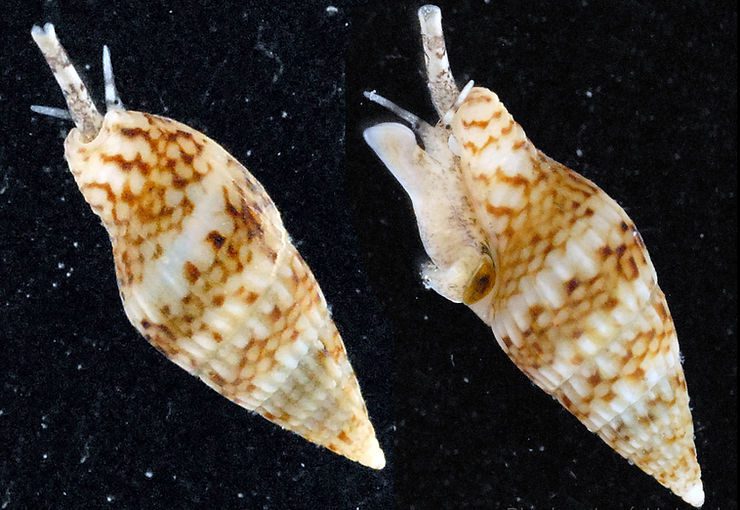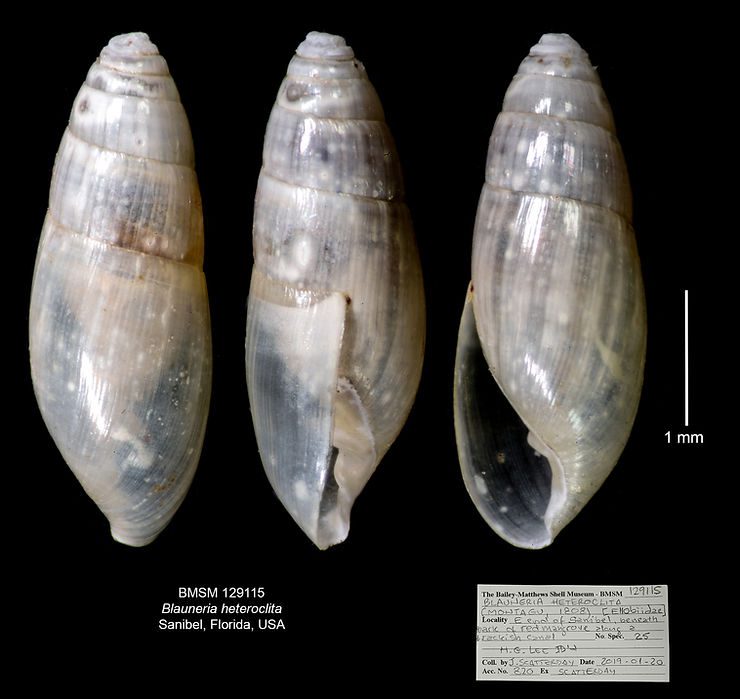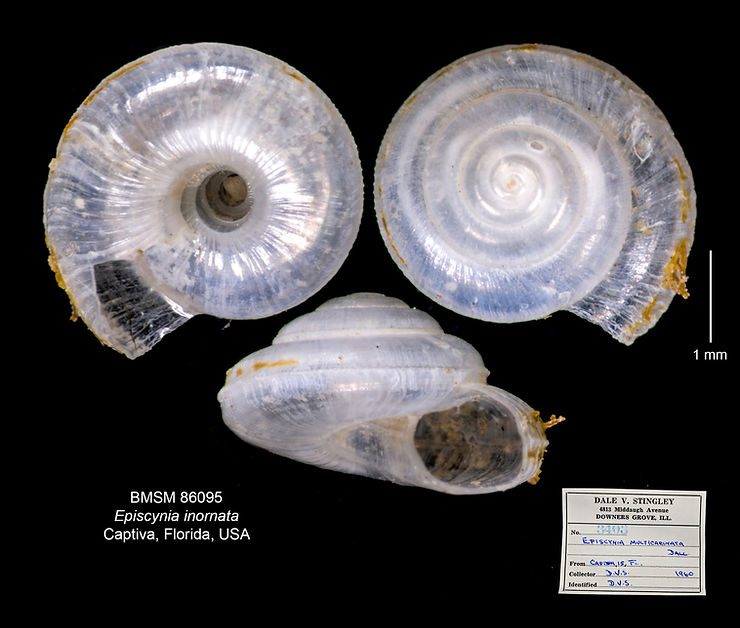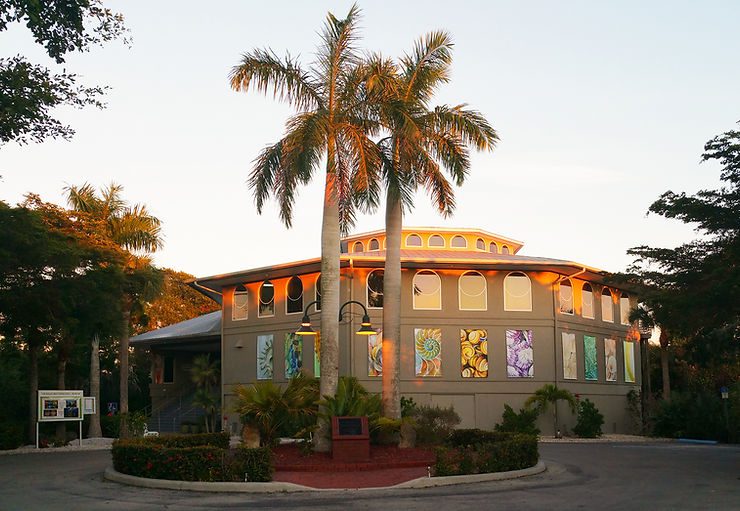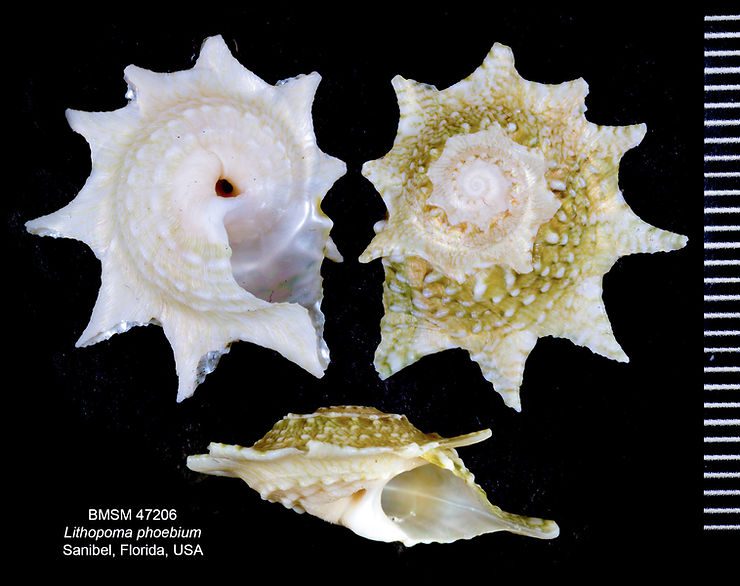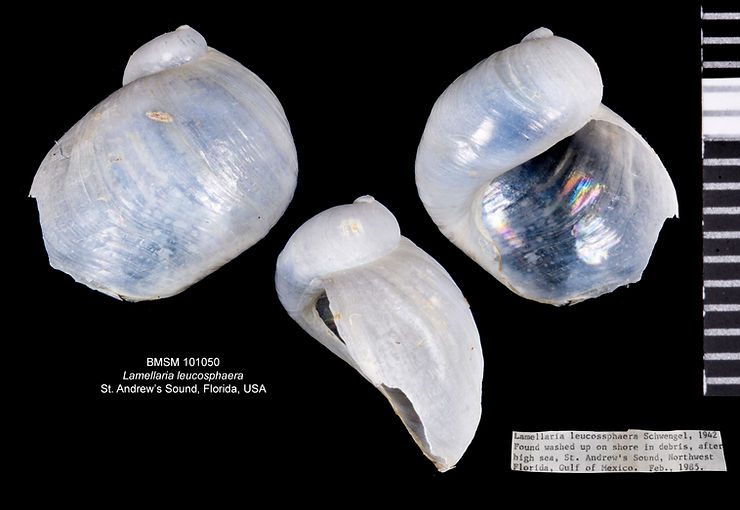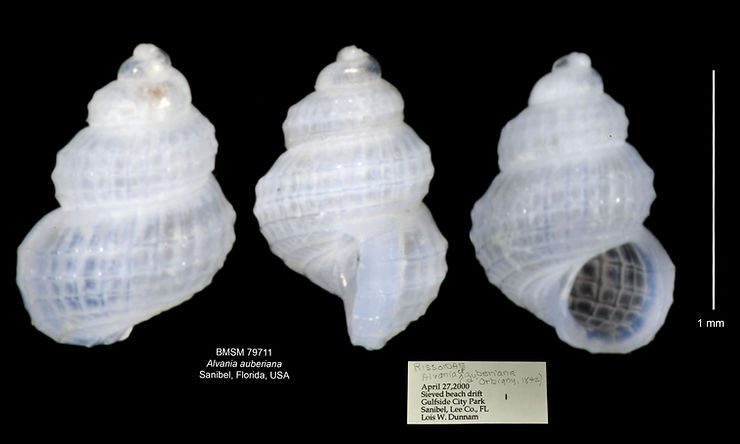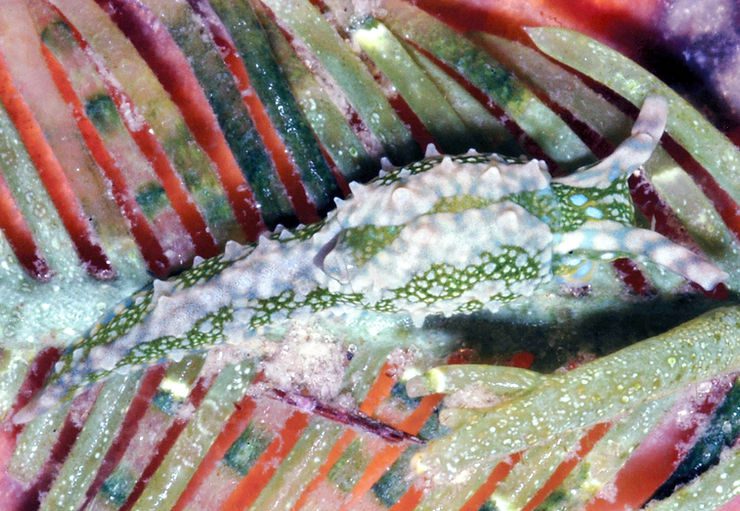
Sea Slug Spotlight: The Antilles Oxynoe
The elegant Antilles Oxynoe, Oxynoe antillarum Mörch, 1863, is found along shallow reef areas of the Caribbean and other parts of the tropical western Atlantic, including the Gulf of Mexico. It can grow to about 30 mm (1.2 inches) in length. Antilles Oxynoes have an internal coiled shell. The species feeds on green sea weeds in genus Caulerpa, incorporating the pigment-rich chloroplasts into their own mantle. (Chloroplasts are the sites of photosynthesis in plants.) The resulting green color he
